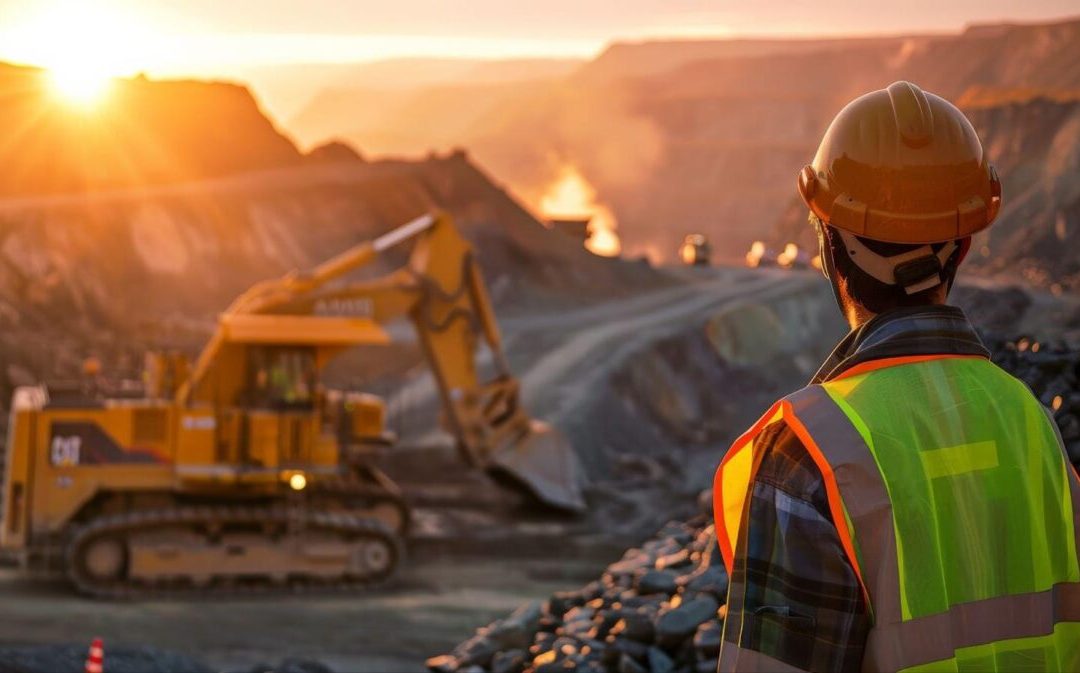The global metallurgical coal market is projected to reach $17.5 billion by 2030. The industry is expected to create hundreds of thousands of direct jobs globally by 2025, with significant growth in India and Southeast Asia. Steel production, which is reliant on metallurgical coal, is projected to grow steadily through 2030, driven partly by renewable energy infrastructure needs. Experts project that the demand for metallurgical coal will be consistent demand through 2026.
One such expert is Nicholas Green, who will serve as the head of business development and engineering at Oak Grove Mining in Alabama. He stated that “[t]he world needs to understand that metallurgical coal is fundamentally different from thermal coal – it’s a critical component of the green energy transition… without it, we simply cannot build the wind turbines and solar infrastructure needed for our renewable future.”
In the hills of Alabama, a revolution in coal mining is taking shape. As global economies struggle to balance industrial growth and environmental responsibility, metallurgical coal — a crucial component in steel production — has emerged as an unlikely bridge between these competing demands.
“Oak Grove is creating thousands of jobs while providing a critical resource for the energy transition,” Green explains. The mine will rely on his experience developing mining operations across several countries to lead Oka Grove in developing new methods of mining operations that target metallurgical coal for steel production rather than thermal coal for power generation.
However, operations at Oak Grove and other similarly positioned mines in the U.S. must also focus on environmental responsibility. Moreover, the industry’s impact on employment presents compelling numbers. In 2023, mining operations in the United States directly employed over 45,000 workers. The mining industry employs personnel in the following roles: mining engineers, geologists, heavy equipment operators, mine safety specialists, blasting technicians, environmental engineers, metallurgists, and quality control specialists, as well as various support services positions, like administrative or HR staff.
Throughout his career, Green’s business approach to mining has proven successful in creating thousands of jobs across the globe. His strategy reflects a larger shift in the industry toward environmental consciousness. Specifically, under his leadership mines have implemented advanced water management systems and reclamation practices that go beyond regulatory requirements, with operations incorporating real-time environmental monitoring and automated systems that minimize both environmental impact and worker exposure to hazardous conditions.
Further, as developing nations continue their industrial expansion, the World Steel Association projects global steel demand to increase steadily through 2030, creating sustained demand for metallurgical coal. This growth presents both opportunities and challenges for mining operations in the United States. As a result, operations such as Oak Grove are not just mining coal; they are providing a critical resource for global development while creating sustainable, well-paying jobs in communities that need them. As the world transitions toward renewable energy, the mining industry finds itself in the complicated position of being both part of the old and new energy economy. The challenge ahead lies in balancing these competing demands while maintaining environmental and social responsibilities.



